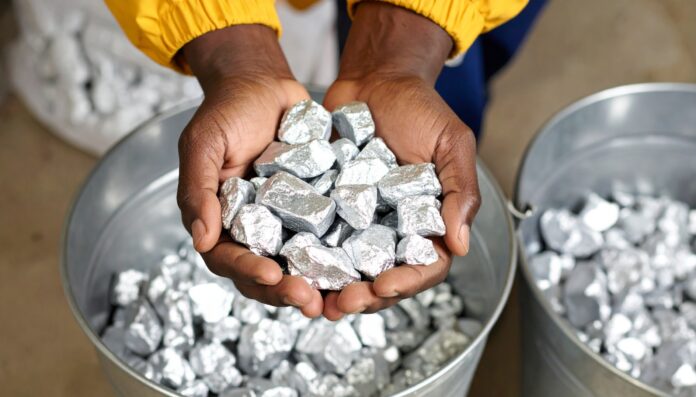As the global supply chain for rare earth elements (REEs) begins to shift, India is emerging as a country of interest. A new report by CareEdge Ratings has spotlighted India’s underutilized potential in the REE sector, citing its 8% share in global reserves. However, despite being the third-largest holder of these strategic minerals, India’s contribution to global REE mining remains less than 1%.
This disconnect between potential and performance has prompted a policy push. In 2025, the Government of India launched the National Critical Mineral Mission (NCMM) to accelerate domestic exploration, extraction, and processing of critical minerals, including REEs. The report suggests that India’s entry into the global rare earth value chain could help offset China’s current dominance in this space.
China currently leads the world in REE mining and refining, accounting for 69% of global mining and 90% of refining. However, the International Energy Agency (IEA) projects that China’s share in mining could fall to 51% and refining to 76% by 2030. These projections reflect a broader international effort to diversify supply sources and build more resilient value chains, particularly in sectors like defense, clean energy, and electronics.
India’s reserves are mostly concentrated in the coastal states of Tamil Nadu, Kerala, Andhra Pradesh, and Odisha. As of the 2023 Indian Minerals Yearbook, over 130 REE deposits have been identified. However, the lack of adequate refining infrastructure and export-focused policies have limited India’s domestic value addition.
In response, Indian Rare Earths Limited (IREL), a central government-owned entity, is now considering reducing exports to conserve resources for domestic processing. The move comes in the wake of recent Chinese export curbs, which triggered fears of supply disruptions among REE-dependent industries.
The CareEdge report emphasizes that India’s slow production trajectory is not due to lack of reserves but rather systemic delays in project approvals, gaps in refining infrastructure, and limited private sector participation. As a corrective measure, the Indian government is considering production-based fiscal incentives to encourage investment in domestic REE value chains.
The strategic importance of REEs has only grown in recent years. These 17 elements, ranging from neodymium and praseodymium to dysprosium and terbium, are essential for manufacturing electric vehicle motors, wind turbines, missile guidance systems, and high-performance electronics. They are typically divided into Light Rare Earth Elements (LREEs) and Heavy Rare Earth Elements (HREEs), each catering to distinct high-tech applications.
The report also highlights global developments. Since 2020, the United States Department of Defense has invested over $439 million to develop domestic rare earth supply chains. Still, refining remains a challenge, most U.S.-mined ore is still sent to China for processing. This has prompted Western nations to seek partners like India to reduce dependence on Chinese refining capacity.
Despite the push for diversification, the report cautions that the global supply chain is unlikely to change overnight. Alternative networks for mining, refining, and manufacturing are still in the early stages and lack the scale needed to replace China in the near term. It notes that permitting delays, lack of investment, and inconsistent international collaboration continue to hinder progress.
India’s roadmap must therefore address both upstream and downstream gaps. Increasing investment in refining technology, simplifying mineral auction processes, and collaborating with countries like Australia, the U.S., and Japan could help India emerge as a credible player in the global rare earth ecosystem.
For now, India’s rare earth advantage remains more on paper than in practice. But as the world looks beyond China, the groundwork being laid through the NCMM could be critical in positioning India not just as a supplier of raw materials, but as a strategic contributor in global clean energy and defence technology value chains.



